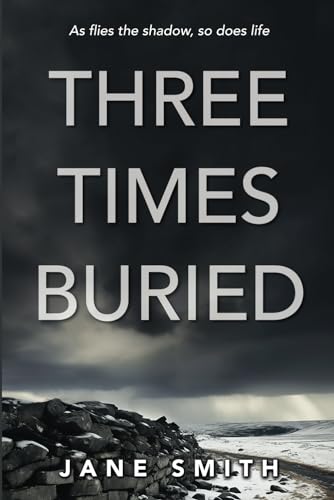Three Times Buried
This gripping true crime thriller is crafted from a trial which took place in Aberdeen, Scotland, in 1827. In 1826, young Meggy McKessar was hired as a servant girl at Futteret Den, the farm belonging to John Lovie, in the isolated community of Fraserburgh. The work was mostly helping John’s elderly mother, Widow Lovie, in the kitchen. Meggy was slovenly, inclined towards laziness and of a demanding and saucy nature, but Widow Lovie grew fond of her cheeriness and blather―and besides, the widow was old and careworn, and her overriding concern was for her son’s immortal soul. A three-year-long accusation from a local girl hung over him, that he had fathered her son (christened John Lovie), and the kirk would accept nothing but his repentance of his transgression. His mother believed none of the girl’s lies.
Seen primarily through Widow Lovie’s eyes and musings, Smith’s evocation of early 19th-century farming life makes a compelling read as we live cheek-by-jowl in a cramped little house, with its four occupants, including farmworker Rannie, whose opinion of Meggy fluctuates between irritation and attraction. In 1827, a death occurred in this small farming community, and its suspicious nature came to the attention of procurator fiscal, William Simpson. Suddenly the bucolic life at Futteret Den was open to criticism from an inquisitive world. As the exhaustive investigation takes its toll, Smith’s vivid characterizations make it impossible not to wonder what the citified world of lawyers and judges and scientists might have looked like to the illiterate farmers and fishermen of Fraserburgh.
This intriguing novel may well dispel misconceptions about the ineptness of forensic science 200 years ago. Readers of novels such as Graeme Macrae Burnet’s His Bloody Project will find this a well-written and unusual tale.










